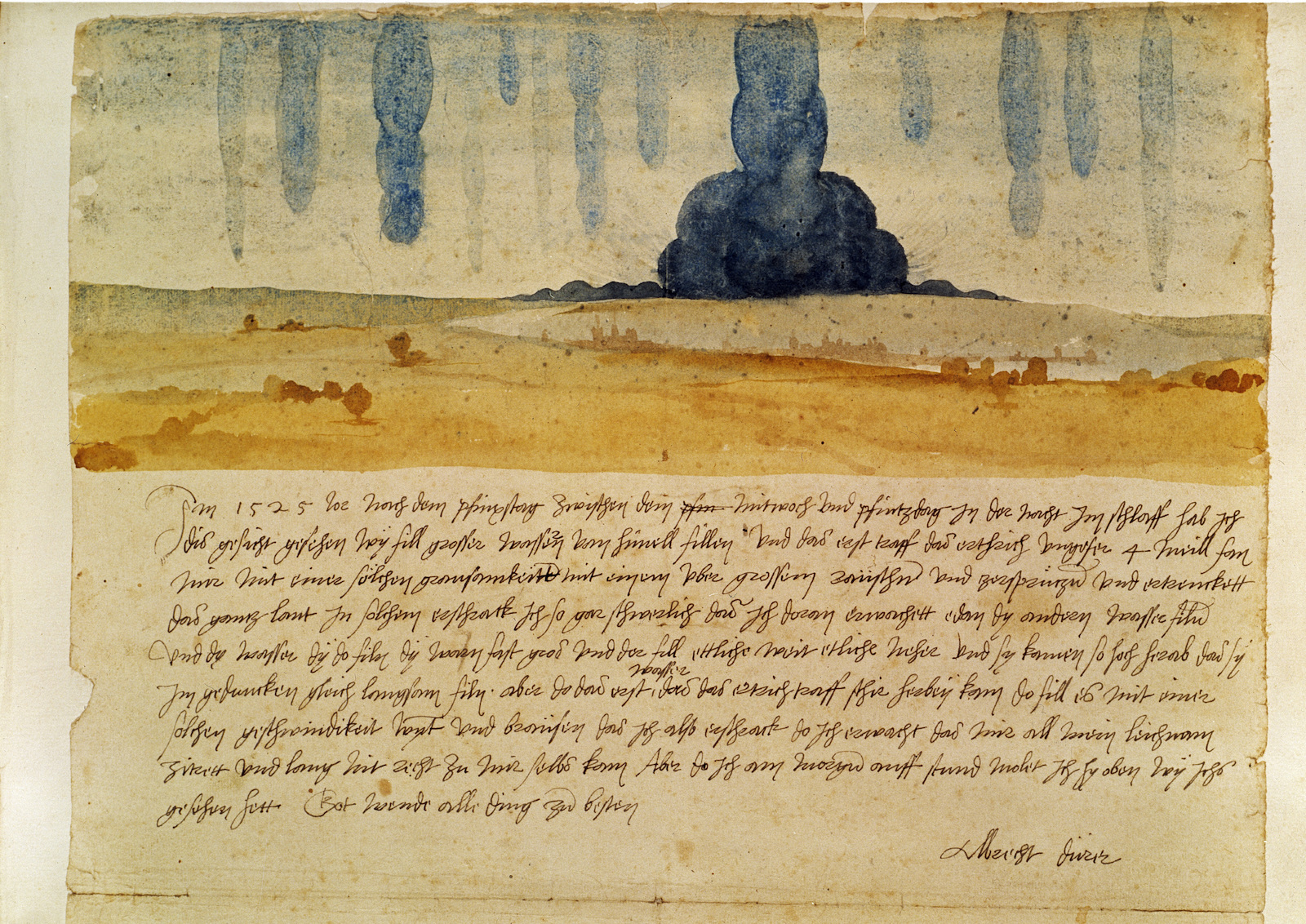Bad Omens: When the Astrologers Got it Wrong - 5 minutes read
On the morning of 1 February 1524 hundreds of Londoners gathered by the Thames in dreadful anticipation. This day had been a long time coming. Preparations had begun months and, in some cases, years earlier: homes had been stocked with provisions, doors and walls had been fortified, boats had been procured. Those who could had escaped to the higher parts of the city while those who could not had moved their belongings to the upper storeys of their houses. Much the same was true in many regions of continental Europe. In Rome, large stores of grain were amassed, and many of the nobility left the city for the mountains. In Toulouse, a politician allegedly had an ark built on a nearby mountaintop. Meanwhile, in the German lands, several city governments made efforts to reinforce the city walls. Burghers arranged for barges in front of their homes. Around Vienna, as elsewhere, low-lying fields were sold at a loss as people tried to move to higher ground. A catastrophic flood was coming, and Europe was poised in readiness.
The year 1524, February in particular, had been determined as ill-fated for more than two decades. The first signs had been identified 25 years earlier by the astronomer Johann Stöffler, who noticed a series of planetary conjunctions set to occur that month. For astrologers – the mathematical forecasters par excellence of their day – conjunctions of the planets were related to major transformations on earth. In this particular case, Stöffler predicted ‘indubitable change, variation, and alteration in almost the entire world’, such that had not been seen for centuries.
Stöffler’s forecast was (perhaps deliberately) vague, and was just one of many predictions included in his Almanach nova plurimis annis venturis inserviens, which covered the years 1499 to 1531. However, it was not long before his colleagues across Europe sought to narrow things down. The fact that many of the conjunctions of 1524 were to take place in a watery Zodiac sign, Pisces, provided a useful hint. Soon, alongside bad winds, storms, earthquakes and other ills, Luca Gaurico, astrologer to Catherine de’ Medici, wrote of a flood that would inundate almost all of Europe in 1524. The flood would last for about one month, he predicted, but it would be best to prepare enough provisions for 40 days. Dozens of other astrologers offered similar forecasts. Leonhard Reinmann foresaw a flood as well as an uprising of peasants. Johannes Carion, astrologer to the Elector of Brandenburg, issued a prognostication warning of severe flooding across Europe, and reminded his readers of earlier instances that had led to invasions and plagues. Cornelis de Schepper, a Flemish astrologer, expected a large death toll from the deluge, especially of women and Jews.

All in all, over 150 pamphlets were printed about the conjunctions and their effects in these years, leading many historians to identify this as an early modern mass media event. It also just so happened that the first week of February 1524 fell during carnival. That year, signs, costumes and floats referenced the conjunctions and the impending flood. In Rome a float was made to look like Noah’s ark and in Florence parading hermits were said to have chanted an innuendo-filled verse at local women:
‘Because all the astrologers and diviners have bewildered you … insist[ing] that the stars will overflow with so much water that the whole world will be covered … come away with us to the top of our high rocks.’
Ridicule of astrologers was a pre-existing trope, but historians have suggested that this playfulness may also have been an antidote to fear.
Indeed, while not every astrologer agreed that there would be a flood, or that the flood would be that bad, public expectation of disaster was high. The onslaught of dire prognostications in almanacs (the best-selling genre of the period) was constant, and flood predictions were repeated in sermons and in everyday conversation. This was also a period of great anxiety about the future. Floods carried prophetic meaning, and many connected these predictions to Luther, seeing them as a warning or chastisement from God. In a more mundane sense, the risk of flood also felt very real: deforestation in parts of Italy had led to frequent floods in recent years, and parts of Austria had experienced particularly serious flooding in 1501.
But the pan-European flood never arrived. While later diatribes against astrologers claimed that this month ironically experienced drier weather than ever before, some regions did experience rains that led to local disturbances. Moreover, those astrologers who had also predicted an uprising among the lower orders may have felt somewhat vindicated by the outbreak of the Peasants’ Revolt that year. Yet there was nevertheless a significant mismatch between the predictions of astrologers, the expectations of the people and the reality of the weather.
Early historians who studied the decline of astrology pointed to failed predictions such as this as damaging astrology’s reputation. There is certainly something to this. In the following centuries opponents of astrology frequently highlighted this episode as an example of (to use the words of Philip Stubbes in 1583) the ‘presumptuous audacity’ of the ‘foolish star tooters’. Yet astrologers defended themselves by claiming that the errors made in this case were the result of individual astrologers either doing a poor analysis or exaggerating their findings. In other words, one should blame the artist, not the art. The tendency of astrologers to make (often serious) mistakes was not new and was often considered an unavoidable aspect of dealing with such complex material. Still, astrology was the period’s most technical and sophisticated form of prediction; it remained an academic subject and astrologers continued to be the expert forecasters well into the 17th century.
Michelle Pfeffer is a junior research fellow in History at Magdalen College, Oxford.
Source: History Today Feed